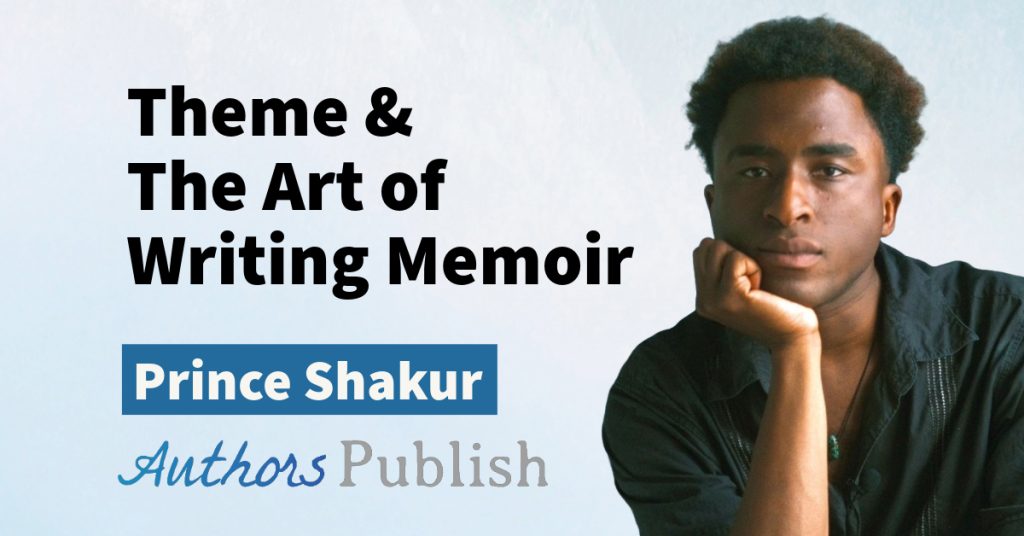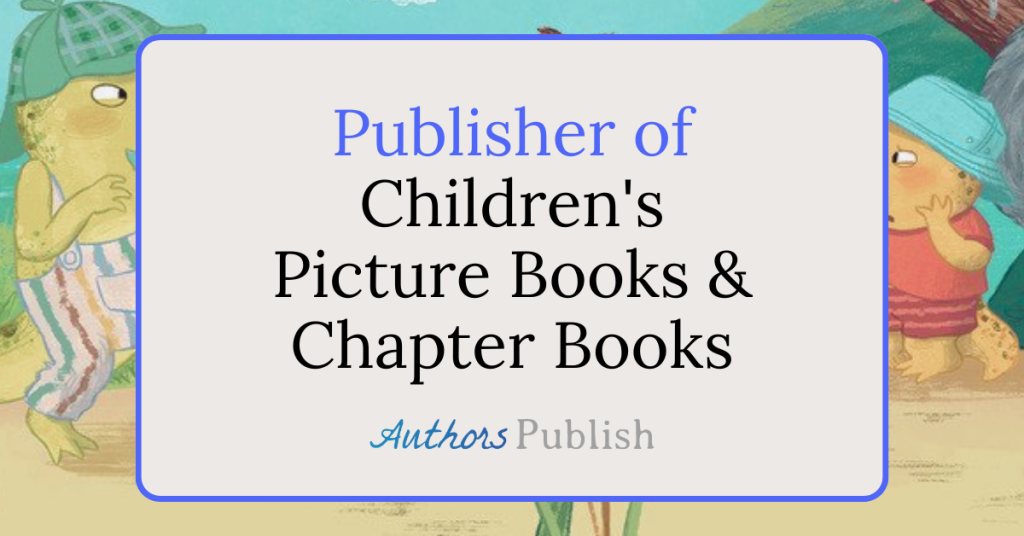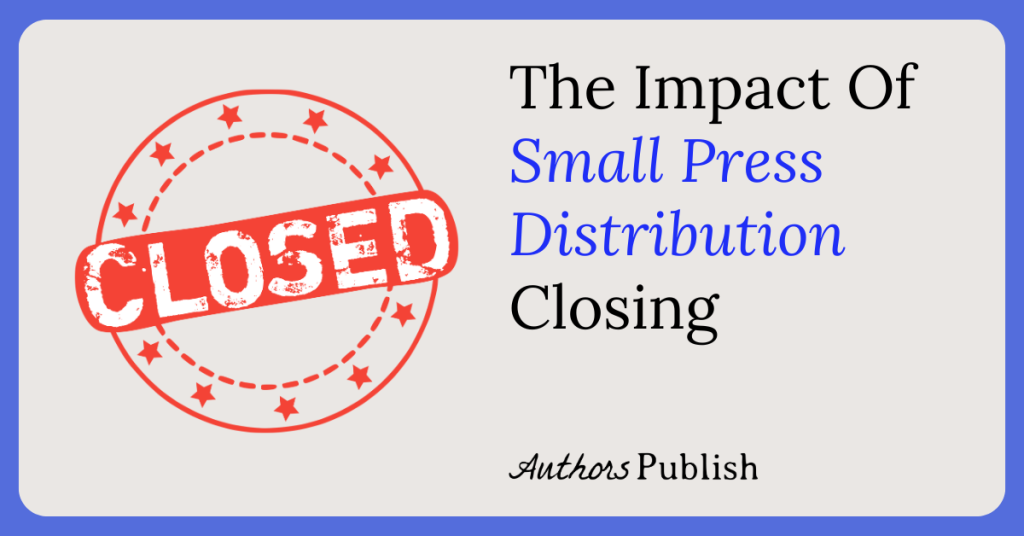Creating a Facebook author page is easy. It involves already having a personal Facebook account, and just creating an author page to go along with that. Creating a good author Facebook page is a whole different beast. It takes time, thought, hard work, and consistent effort.
The first strategy most writers rely on to get fans for their author page is to ask friends to follow them. This can be effective, particularly if your friends are readers or fellow writers, but it is very limiting. Many of these people already know that you are an author. If all the people following your writer’s page are already your friends, there is no point to having an author page, because you could just post the same information on your personal page.
Not everyone needs a Facebook author page — most poets, even those who have been published by major publishers and have won major awards, do not have one. Instead they just open up their personal page to fans, to people they don’t know.
But if you are an author of fiction, particularly if it is aimed at young adults and adults, it is important to create one as a promotional tool. One of the best ways you can draw fans to your Facebook page is to place links to it in articles you write and publish for writing blogs. If you are publishing your creative work in literary journals, make sure that you include a link to your Facebook page in your bio.
Another way to gain followers is by being an active participant in various Facebook writers’ and book groups. A good place to put a link to your author page is in your public description on your personal Facebook page.
Do remember not to spam groups with a link to your Facebook author page. That generally creates a bad impression.
Ads can be used to grow your likes, but you have to be wise about this, and generally I wouldn’t advise it.
Content can also be a struggle in terms of Facebook author pages. It can be hard to know what to post on them. Sharing content created by others is easy, and good up to a point. It can also help you find more followers for your page. If you share other authors’ content, they are more likely to follow you.
But it is important not to over-rely on other authors’ or companies’ pages. After all, if you aren’t creating content yourself you are not creating a very strong impression of what you write, and who you are.
Original content sets your page apart. It also creates something to share. When I create a popular meme it can be shared up to 500 times in the first day alone, usually contributing to an influx of followers.
One of the important things to decide before creating an an author Facebook page is how much you are willing to share about yourself. On my author’s page I have one photo of myself for the main picture, but do not share other photos of myself. I also never share photos of my children, although I do occasionally share stories.
Also, it’s a matter of keeping it professional. If an author has extreme political views that are contrary to my own, I am unlikely to follow them. I mostly keep any opinions that can be interpreted as political off my Facebook page.
Mostly I focus on promoting the poems of mine that have been published, and for a while I focused on the fiction I was working on.
It is important while building an audience to regularly post new things. I would say once to twice a day is an important goal to strive for. Scheduling posts can really help with that. I will fully admit to not consistently updating my personal Facebook page but that is because I actually run a number of others, and my Caitlin Jans author page is in no way my primary one.
If you have the ability to make good visual content in the form of memes, that is definitely a plus. Sites like unsplash that offer copyright-free images for free can be really helpful for that.
If you have already published a book and the goal of the Facebook page is to build an audience for that book, offering choice small excerpts can be a be a good way to promote it. As can creating mood boards to promote the story, or character images.
So can sharing reviews of that book, or creating reader polls or other ways to start an active and engaging discussion.
If you are still trying to publish the book you can do some of the above, but you obviously can’t share reviews or reader polls. Also it is important to not reveal too much about your story. You don’t want to spoil it for readers before they even get an opportunity to read it.
Most importantly pay attention to what other authors and publishers are doing to promote their books and themselves. See what is working and what is not. Take notes, try things.
Building an author page is something that takes time. It is something that relies on incremental growth. Overnight success is rare. It is important to keep that in mind.
Bio: Caitlin Jans is a poet, a novelist, and the editor of Authors Publish Magazine. Her writing can be found in The Conium Review, The Moth, Labletter, Literary Mama, and elsewhere. You can follow her on Facebook.






